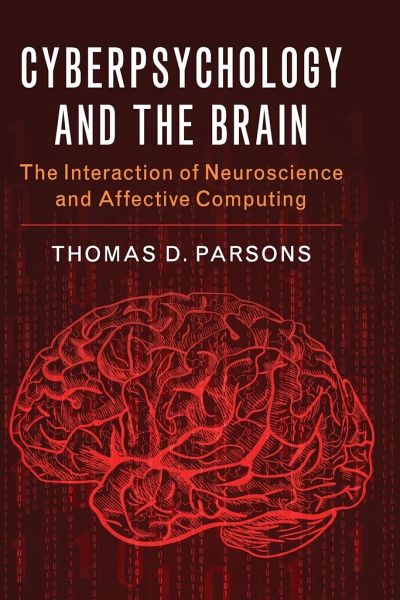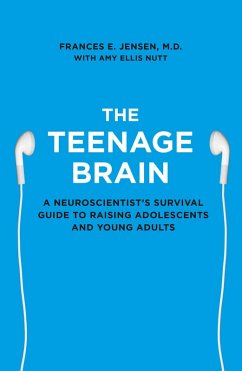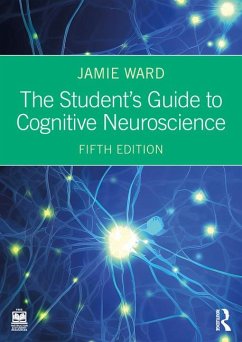
Cyberpsychology and the Brain
Versandkostenfrei!
Versandfertig in 1-2 Wochen
49,99 €
inkl. MwSt.

PAYBACK Punkte
25 °P sammeln!
The study of cyberpsychology is growing at a fast rate. While a number of cyberpsychology-related journals and books have emerged, none directly address the neuroscience behind it. This book aims to bring together this information for researchers and students interested in cyberpsychology.












